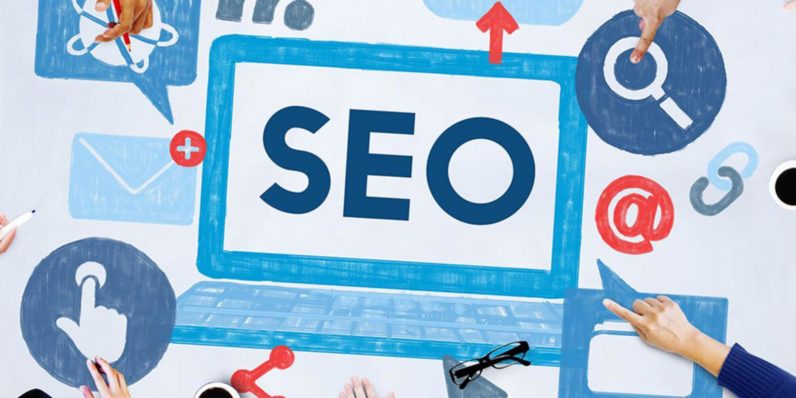
In an age where streaming has become the norm and everyone with a smartphone is a potential broadcaster, the question of how to share content effectively is more important than ever. For creators weighing the various platforms and services available, the stakes are high. Should you opt for the widespread visibility of a free broadcasting (무료중계) platform, or the curated audience and monetization opportunities provided by paid services? The answer isn’t black and white, but understanding the nuances can make a significant difference in reaching your goals.
The Free Broadcasting Model
Platforms like YouTube, Instagram, and Facebook have revolutionized content creation. Anyone can upload a video, go live, or post pictures at no cost, with the potential to reach millions. Their algorithms are designed to surface engaging content, which can lead to significant organic growth. Creators benefit from the network effect as these platforms have huge user bases and the potential to go viral is always present.
However, this model is not without its downsides. The platforms ultimately control the rules, the visibility, and the monetization. Creators are subject to arbitrary algorithm changes that can stifle growth overnight. Monetization through ads is an option, but the rates can be low, and it requires high view counts to be meaningful. Additionally, the sheer competition for attention makes it difficult for new creators to stand out, and building a loyal, long-term audience can be a slow grind.
Making Free Broadcasting Work for You
If you choose to go the free route, strategic planning is crucial. Choose a platform where your target audience is most active, and focus on quality and consistency to increase your chances of standing out. Collaborations with other creators can also provide a boost. Diversifying your income streams, such as through branded content deals or direct fan support, can help maximize earnings. And while the platform’s algorithm may change, the fundamentals of good content – storytelling, production value, and engagement – will always be in vogue.
The Paid Services Approach
Paid content distribution services offer creators a more predictable way to reach an audience and make money. Platforms like Patreon, Kindle Direct Publishing, and Teachable allow creators to charge for access to their content, often with a subscription model. The benefit is clear – a direct, often more supportive audience, and the potential for higher revenue per viewer.
The paid model also means more control. Creators can set their prices, manage their audience, and be less dependent on fickle algorithms. For creators with a niche audience, these services offer a way to cater to a dedicated fan base without the noise of larger platforms. However, this approach requires that creators already have a built-in audience or are willing to invest time and effort into building one.
Building a Sustainable Presence on Paid Services
For creators looking to monetize their content more definitively, paid services are a compelling option. To succeed, however, you must bring value that justifies the cost to your audience. This could be exclusive content, community access, or high-quality educational materials. Understand your audience and what they value. Overdeliver and foster a sense of community to encourage loyal and long-term subscriptions. Additionally, marketing your paid content through social media, email lists, and other channels is vital to attract and retain subscribers.
Knowing Your Goals Makes the Choice Clearer
The decision between free broadcasting and paid services ultimately comes down to your goals and your audience. If broad exposure and ad revenue are your priorities, free platforms may be the way to go. For those who aim to cultivate a dedicated audience and are willing to put in the work for it, paid services can offer a robust platform. In many cases, a combination of both, known as an omni-channel approach, can be the most effective strategy, leveraging the strengths of each to create a comprehensive content distribution model.
In this dynamic digital landscape, flexibility and experimentation are key. What works today may not work tomorrow. One thing that doesn’t change, however, is the value of understanding your audience and consistently producing engaging, high-quality content. Whether you choose to broadcast for free or opt for a paid service, this remains the golden rule for sustainable content creation.
